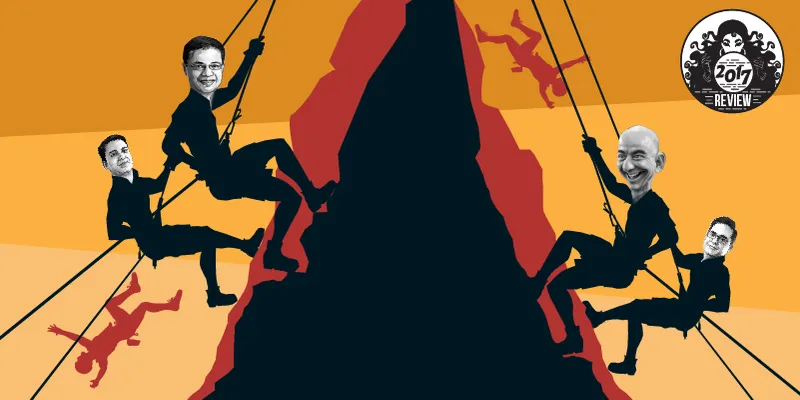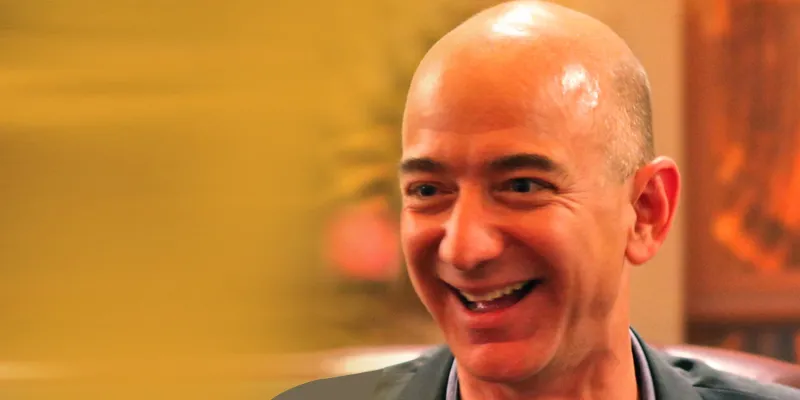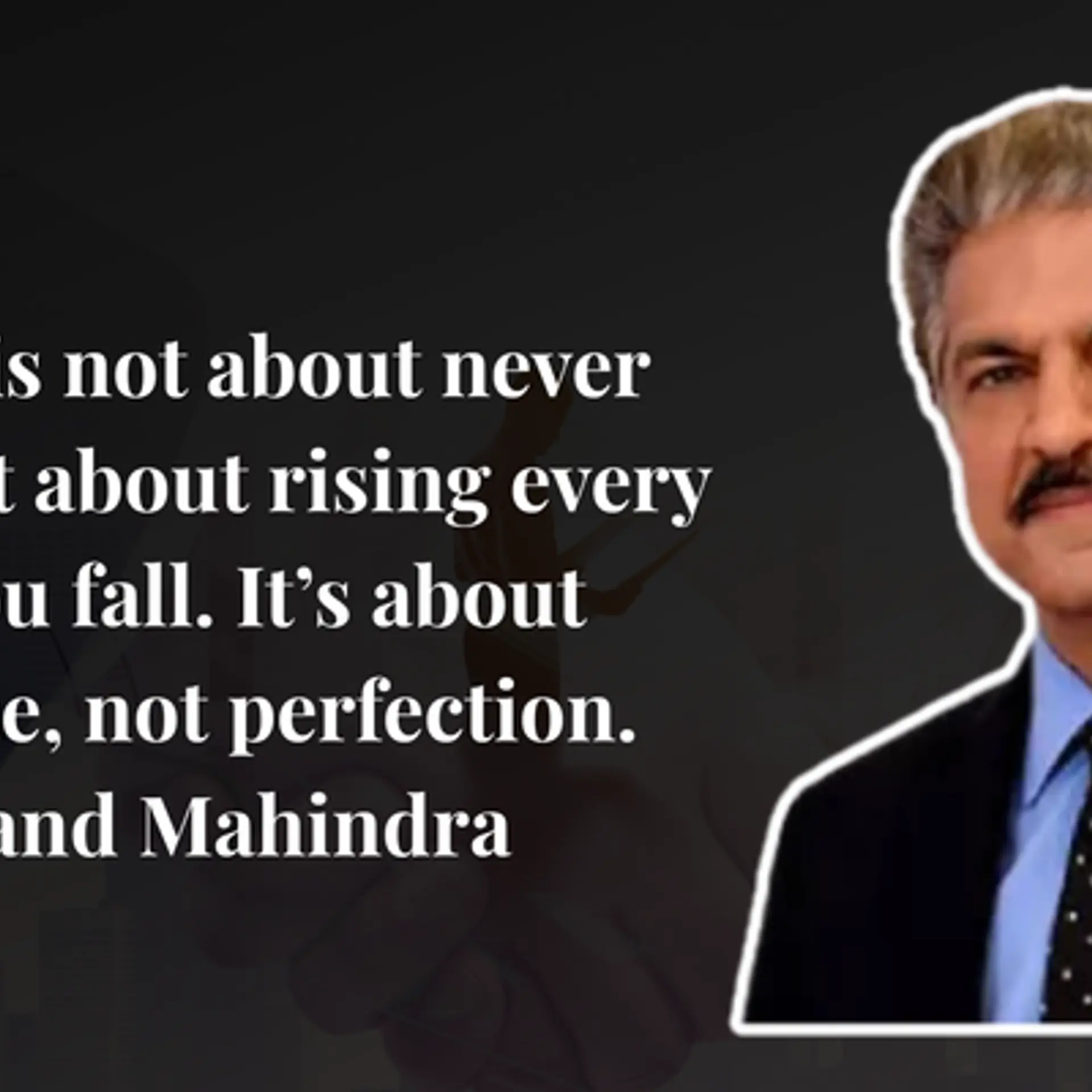The 6 defining moments that transformed e-commerce in India in 2017
Flipkart and Amazon went up the hill to fetch a pail of e-commerce. Snapdeal fell down, and broke its crown; who will come tumbling after?

E-commerce, an industry which gets a lot of media attention and has attracted billions in VC funding, has become the poster boy of the Indian startup ecosystem in the last few years.
Led by the 10-year-old Flipkart and its rival Amazon India, the e-commerce ecosystem has seen some major transformations in 2017. There were more investment rounds, some unicorns lost their magic, more foreign players charmed their way into the country’s ecosystem, and the industry witnessed a major turning point.
YourStory looks back at the six biggest moments in e-commerce this year :
1. Flipkart stays ahead of Amazon in the market share war
As the e-commerce battle grew fiercer, home-grown player Flipkart established its leadership over US-based mammoth Amazon. To fight its enemy’s thick wallet, Flipkart raised around $4 billion this year from eBay, Microsoft, Tencent and SoftBank.
Its market share in all prominent categories – electronics, mobile phones, fashion – beats its rival’s. In fact, after their annual flagship event Big Billion Days sale, CEO Kalyan Krishnamoorthy claimed that Flipkart had over 70 percent market share in fashion, mobile phones and appliances.
Flipkart also emerged as the leader in the festive season sales with a market share of 58 percent versus Amazon’s 26 percent, according to a report by research and advisory firm RedSeer Consulting. (Flipkart’s market share includes Myntra’s and Jabong’s sales numbers.) Flipkart also claimed that its Gross Merchandise Value (GMV) during the sale doubled over last year’s BBD.

As part of its initiatives to support sellers, Flipkart Global was launched to allow its sellers to export their products to over 190 countries. The initiative lets more than 1,00,000 sellers export their products. The products will be sold through eBay India, which Flipkart bought in April. Flipkart also announced cuts across fixed fees, collection fees, and shipping fees.
The company claims it is the marketplace that costs a seller the least money to sell a product, and that sellers have seen a 20–25 percent increase in sales after they reduced prices.
To please the customer with faster deliveries, Flipkart launched an Express Programme, which helps sellers mark all orders ready to dispatch, within two hours of receiving it.
On the category sides, Flipkart also launched its private label in fashion, large appliances, and furniture – all expected to give a boost to its efforts towards profitability.
2. The collapse of an e-commerce unicorn – the Snapdeal blunder
Despite spending Rs 200 crore on rebranding in September 2016, Snapdeal was not able to beat its arch rivals Flipkart and Amazon in the festive season sale in October last year. This was only a sign of its impending downfall.
At its best, Snapdeal’s GMV was at Rs 1,500 crore; it was down to Rs 300 crore a month by early 2017. The Gurgaon-based company’s largest investor, SoftBank, wrote off $475 million from Snapdeal and their other large investment in cab aggregator platform Ola in February. This was around the time when Snapdeal shut down its c2c platform Shopo.

A couple of months into 2017, Snapdeal started talks with Flipkart for a merger. After months of discussions, the deal fell through in late July as both sides failed to reach a mutual agreement on valuation and other conditions. Finally, Snapdeal 2.0 was announced, with the aim of being profitable.
Also read: Snapdeal wants no deal with Flipkart; Bahl and Bansal planning Snapdeal 2.0
Snapdeal’s fall was long coming. Busy building too many warehouses and burning cash, Snapdeal never built any category as their USP like Flipkart did with fashion and electronics, and Amazon with Prime and Pantry. Snapdeal Gold —the free service that needs no registration—followed the launch of Amazon Prime, which charges Rs 499 annually. Under this offer, the customer can get next-day free delivery in select areas, and standard free delivery everywhere else for pre-paid orders. Also, returns can be made in 14 days instead of the usual seven days. Yet it failed to make waves compared to Amazon Prime’s. (Amazon claims that one in every three orders placed on its platform is from Prime customers, despite being a paid service.)
There were talks that Co-founders Kunal Bahl and Rohit Bansal never allowed others to participate in decisions or shares. Many senior officials left Snapdeal—even those with five years of experience there—due to the autocratic structure within the organisation. Now that they have lost digital wallet arm FreeCharge to Axis Bank, Snapdeal’s future prospects have never seemed dimmer.
3. Amazon India reinvents itself
In September, Amazon inaugurated its fifth Fulfilment Centre in Telangana – with 400,000 sq ft FC, and close to 2.1 million cubic ft of storage space. The centre is the largest in India.

The American retail behemoth had already invested $5 billion in India, in addition to the $260 million earlier this year. In October, Amazon Inc. invested another $250 million (Rs 1,620 crore) into Amazon India.
A few months ago, they launched the Amazon Global Selling Programme through which sellers on its platform get access to a slew of services through Amazon — third-party service providers who help out with all aspects of setting up an export business, fulfilment service so that merchants do not have to set up their own warehouses, cataloguing and photography services, and international logistics service providers.
Amazon offers direct access to retail customers across 10 countries like Canada, France, Japan, the UK, and the US. Amazon has also built the Service Partner Network (SPN) to help sellers in listing, cataloguing, running ads, logistics and warehousing, accounts and reconciliation.
This was also the year when Amazon India went all out in healing its Achilles heel – the fashion category, which provides the largest margins in e-tail. During the festive season’s Great Indian Sale, apparel was the single largest category on the platform, ahead of mobile phones, the traditional top seller. Fashion was also the second largest category for new customer acquisition during the sale.
Amazon India introduced brands like GAP and Rheson exclusively on its platform, and entered into partnerships with Indian designers including Tarun Tahiliani and Manish Arora in sharp contrast to what’s happening with its parent site in US where top design houses have stayed away as it is still seen as a mass retail platform.
|Also read: We don't seek to disrupt; we seek to invent, say Amazon's other Jeff
Earlier this year, Amazon got government approval to invest $500 million in food retail in India. This is expected to boost its grocery business.
4. The launch of Paytm Mall and Alibaba’s entry
Riding high on the wave of demonetisation, digital payments company Paytm launched its e-commerce arm Paytm Mall in February 2017.
Paytm Mall stands out, in contrast to Flipkart and Amazon India, due to its omni-channel business model through which they connect customers to offline retailers around them. Paytm Mall provides a QR code-based platform through which offline stores can put up their inventory online. The QR codes, different from the wallet QR codes, are installed within stores too and a customer can place an online order for a product that is out of stock in that store with the code. This O2O model is still at a nascent stage but could give the Paytm-Alibaba combine much-needed differentiation.
Backed by Alibaba’s $200 million investment, Paytm Mall reportedly invested Rs 1,000 crore for advertising and marketing during the festive shopping period, and even claims to have hit their annual target of $4 billion during the Diwali sale.
But Paytm Mall, valued at more than $1 billion, has a back story.
In 2015, the Chinese e-commerce giant Alibaba entered the Indian e-commerce market through two investments, in Snapdeal and Paytm. Its Snapdeal investment has not given any positive results. Paytm, on the other hand, is now Alibaba’s route of entering India. In June, it also acquired majority stake in Chennai-based ticketing platform TicketNew.
Besides, Paytm Mall’s reported investment in online grocery market leader BigBasket is believed to be Alibaba’s India plans routed through the horizontal marketplace. This could be the biggest challenge they can pose against Flipkart, which is all set to launch its own grocery business.
5. Online grocery market sees unprecedented growth
The grocery category, where customers have high expectations in terms of speed, quality and convenience, gives horizontal e-commerce players a chance to completely convert sceptical online shoppers. Till now, Bangalore-based BigBasket was the undisputed market leader. However, but 2017 saw them facing serious competition from Amazon, and it won’t be long before Flipkart enters the fray.
This year, Amazon made some headway in the non-perishable grocery category through Amazon Pantry, now available in around 30 cities. Through Amazon Now the company does in-two-hours delivery of groceries, including perishables, in Bengaluru, Delhi-NCR, Mumbai and Hyderabad through partnerships with Bigbazaar, Spar, Hypercity and other supermarkets.
The retail industry in India was pegged at $640 billion in 2016, with grocery and food retail accounting for more than half of this. Last month, Flipkart started grocery segment for customers in Bengaluru as part of its soft launch. The company made the service available only to its employees, under the tag Supermart.

Alibaba can clearly build up a strong presence in grocery through its impending investment in BigBasket, which now services over 20 cities. In the beginning of the year, BigBasket had claimed to be registering 50,000 daily orders on an average.
Alibaba got into the grocery space in China in 2015 and operates 13 Hema supermarkets now. At Hema, customers can scan bar-coded grocery products for further details, place orders within the store on their mobile phones, and pay through Alipay. The order gets delivered to their homes if they live within a 3km radius of the stores. It will be interesting to see what parts of its experience in grocery retail in China, Alibaba will replicate in India.
6. E-commerce observes overall growth
The Indian e-tail industry’s growth rate came down drastically in 2016. After growing at 180 percent in 2015, the industry grew at only 12 percent last year, and is estimated to be growing at 20 percent this year, according to RedSeer Consulting.
Also read: Will Indian e-commerce ever match up to the Chinese dragon?
There is no comparison with China, the largest e-commerce market in the world at more than $1.1 trillion. Alibaba’s Double 11 sale this year generated $25 billion in 24 hours. But, a RedSeer Consulting study says e-tailers in India achieved the highest-ever monthly sales - $3.2 billion - over the course of the festival month from September 20 to October 19, 2017. Flipkart had claimed that their sales doubled from last year’s during the period.
The average annual e-commerce spending per consumer in China is forecast to cross $1,800 (around Rs 1.17 lakh) this year, according to data from iResearch Consulting Group; for India, this number is between $120 and $140 (Rs 7,800 to Rs 9,000), according to RedSeer Consulting.
For a country with more than 400 million internet users, India still has a long way to go in e-commerce. With the entry of Reliance Jio, the number of internet users and online shoppers has increased already. If reports are true, Reliance also has plans to launch an e-commerce platform soon. The e-commerce market is, in short, getting larger every day.







